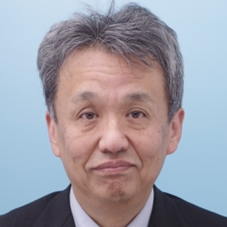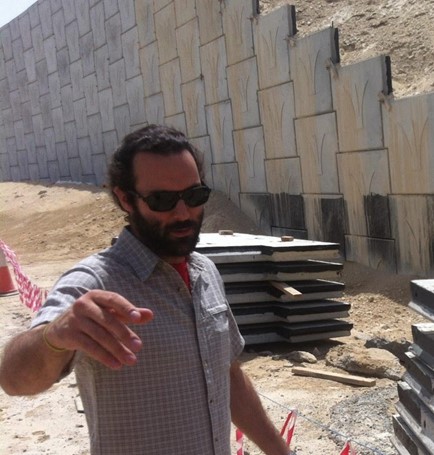Ho Manh Hung presented a paper on a new construction method, called the confined-reinforced earth (CRE) method, and won the student award competition at GeoAsia 2016. This paper presented an interesting experimental study to investigate the effects of prestresses in the geogrid on mitigating the differential settlement between the bridge and approach. The CRE methods involves geogrid layers, prestressed steel tie rods, and granular soil, with the reinforced soil confined by the prestressed tie rods under the subgrade layers of road structures. The experiments were performed using dry Toyoura sand and a biaxial geogrid. Four model tests were conducted with geogrids at the prestrain levels of 0%, 0.016%, 0.05%, and 0.1%. Four tie rods were installed for the CRE specimen on each of the two ends, and the differential settlement was applied by lowering the base plate at one end of the specimen. The settlement on top of the CRE specimen, strain in geogrid, and forces in the tie rods were measured. Results indicate that prestressing the geogrid can reduce the deformation of the CRE specimen due to differential settlement. Strain in the lower geogrid layer was larger than in the upper geogrid layer due to the confinement of tie rods, which resulted in stress redistribution in geogrid layers to support vertical loading. The tensile force in the tie-rod decreased due to the settlement. Results from this study show the potential of this new construction method to reduce the differential settlement between the bridge and approach.
To read the full paper, click here.
– Reported by Yewei Zheng, IGS Young Members Chair for the North American Region.






















